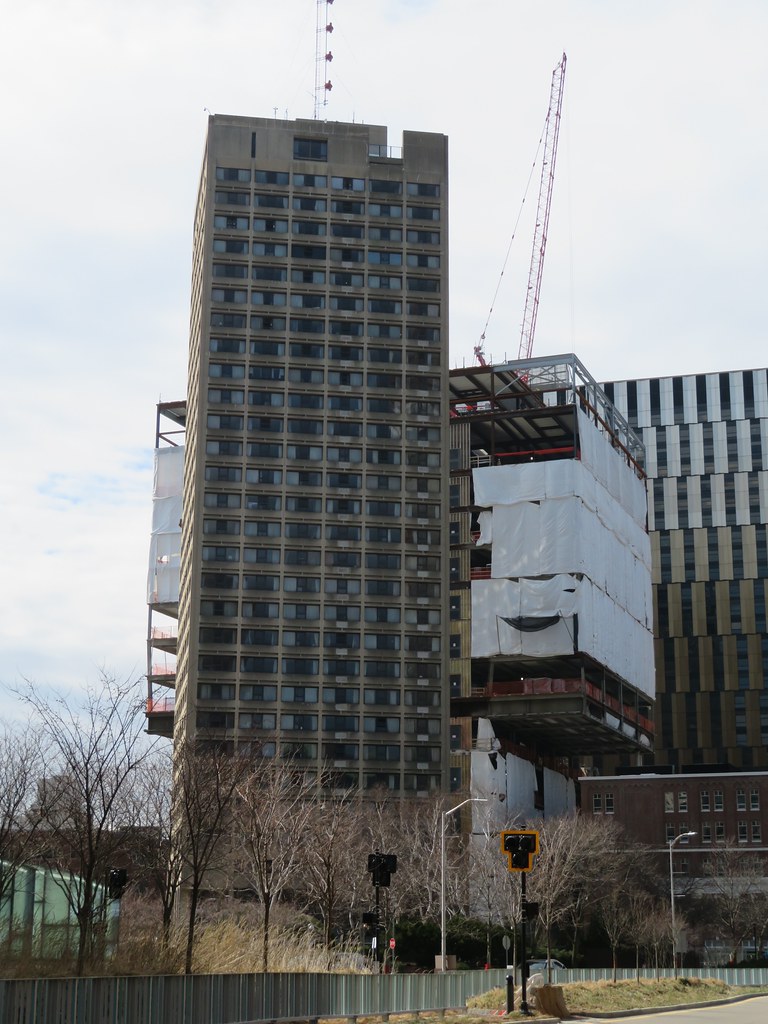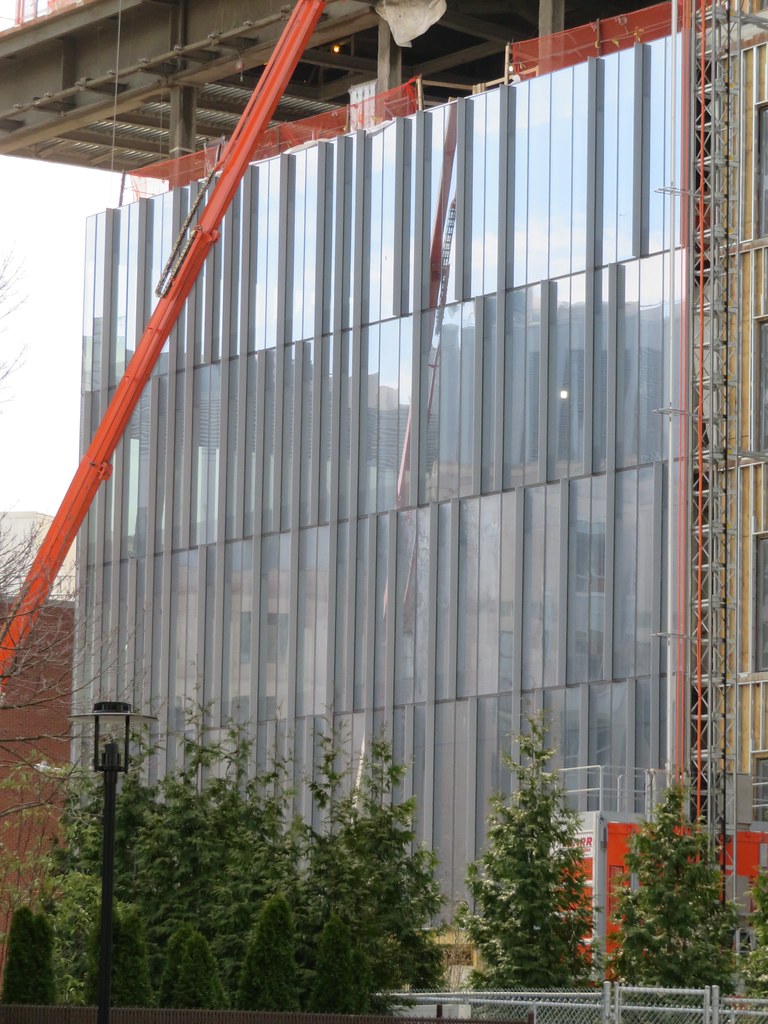Counterpoint: Nobody asked MIT to build graduate student housing in the heart of Kendall Square. Also, many graduate students are international students with rules stating that their spouses cannot work in the U.S., thus making it outright unaffordable.
MIT is not-for-profit with a 17 billion endowment and 3.5 bil operating revenue. Should MIT be trying to make profit off the backs of its most vulnerable? Because that is what this looks like.
i worked at student financial services at m.i.t. and most work as teaching or research assistants, a substantial number receive fellowships and stipends, and -- at least when i was there -- about 90% graduate with *zero* debt to the school. these students are not broke and these rents are not "outright unaffordable." the school wants these scholars. it would be flat-out stupid for m.i.t. to make it difficult for the world's brightest to attend and live on/near campus -- and they make it easy to do so.






 IMG_1640
IMG_1640 IMG_1649
IMG_1649 IMG_1661
IMG_1661 IMG_1658
IMG_1658 IMG_1682
IMG_1682 IMG_1688
IMG_1688 IMG_1685
IMG_1685 IMG_1686
IMG_1686 IMG_1692
IMG_1692 IMG_1701
IMG_1701 IMG_1708
IMG_1708 IMG_1710
IMG_1710 IMG_1695
IMG_1695 IMG_1696
IMG_1696 IMG_1698
IMG_1698 IMG_1713
IMG_1713 IMG_1711
IMG_1711 IMG_1716
IMG_1716 IMG_1632
IMG_1632 IMG_1645
IMG_1645 IMG_1653
IMG_1653 IMG_1654
IMG_1654 IMG_1680
IMG_1680